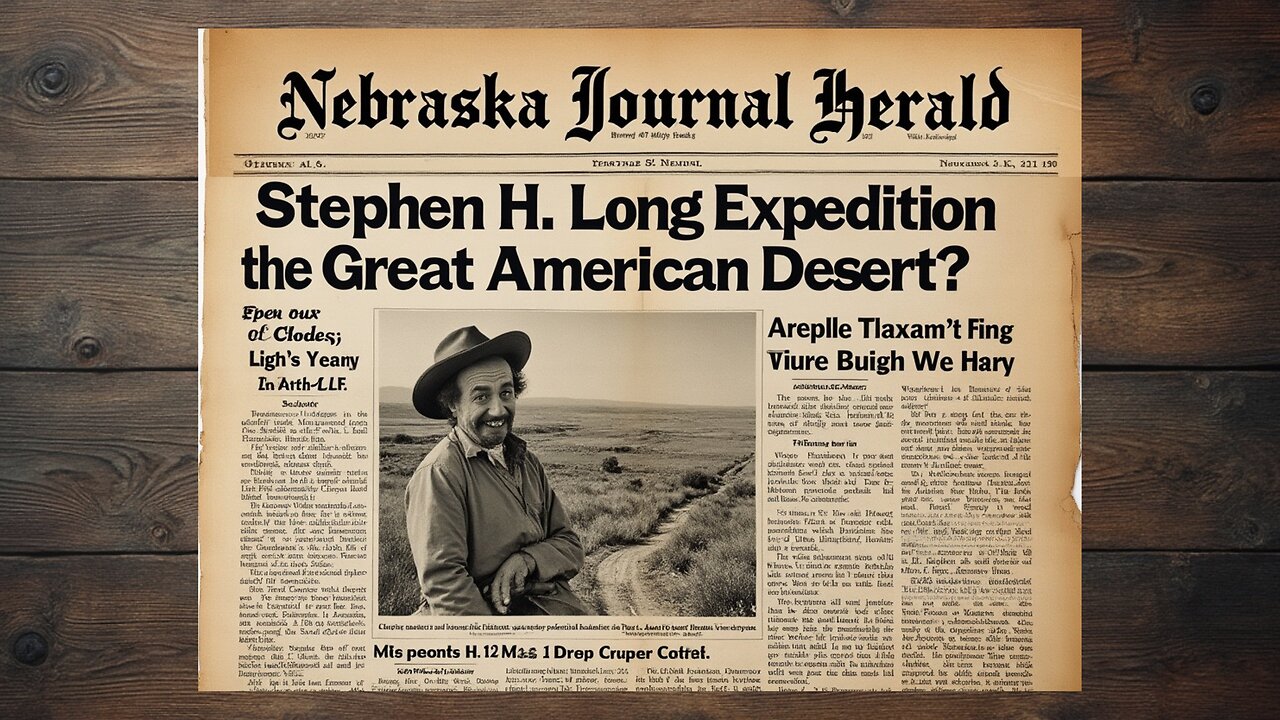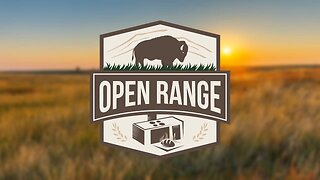Premium Only Content

Stephen H. Long's Expedition - Labeling Nebraska as the "Great American Desert"
In the summer of 1820, Major Stephen H. Long, a U.S. Army topographical engineer, led what would become one of the most influential expeditions across the American frontier, particularly through the region that would become Nebraska. Departing from Engineer Cantonment near Council Bluffs, Iowa, Long's team followed the Platte River westward into the vast, untamed expanse of the Great Plains.
Long's expedition was not just a journey of geographical discovery but also of scientific inquiry. Accompanying him were notable figures like entomologist Thomas Say and artist Samuel Seymour, who documented flora, fauna, and the diverse Native American tribes they encountered, including the Pawnee and Otoe. The expedition's route took them through Nebraska, where they observed the seemingly endless grasslands and the seasonal aridity, leading to Long's pivotal misnomer.
On the map produced from this journey, Long labeled this area the "Great American Desert." This term was not used to describe a landscape of sand and dunes but rather to denote a region he deemed inhospitable for agriculture or extensive settlement due to its semi-arid climate during their visit. This label would profoundly influence American perceptions, suggesting the Great Plains were more of a barrier than a destination for westward expansion.
However, as history unfolded, this assessment was challenged. Later settlers harnessed the land's potential with new farming techniques and during wetter periods, revealing Nebraska's capacity for agriculture. Long's expedition, while providing valuable scientific data, inadvertently contributed to a , highlighting the complexities of early exploration and the impact of initial impressions on frontier development.
NebraskaJournalHerald.com
#StephenLongExpedition #GreatAmericanDesert #NebraskaDesert #AmericanWestExploration #MythOfThePlains
-
 1:00:00
1:00:00
BEK TV
2 days agoMIKE MOTSCHENBACHER ON NORTH DAKOTA POLITICS, TEA PARTY ROOTS, AND THE 2026 ELECTION
5.68K -
 15:31
15:31
Breaking Points
1 day agoIs Trump Planning VENEZUELA Regime Change?
27.6K15 -
 2:06:05
2:06:05
"What Is Money?" Show
2 days agoTrump Family Bitcoin Bet Will Trigger Nation-State FOMO w/ Matt Prusak (CEO American Bitcoin)
9.34K -
 1:04:36
1:04:36
Dialogue works
3 days ago $3.66 earnedMohammad Marandi: Iran Just Gave Israel a FINAL Warning…
16.3K6 -
 9:20
9:20
daniellesmithab
1 day ago3 Bad Laws
18.9K7 -
 9:22
9:22
MattMorseTV
18 hours ago $11.18 earnedINDIA just made a BIG MISTAKE.
62K57 -
 12:11
12:11
Nikko Ortiz
17 hours agoCrashout 6 Rumble
15.5K3 -
 22:35
22:35
GritsGG
16 hours agoThe KILO is BACK! The Best AR on Warzone FRIES!
24K1 -
 2:16:36
2:16:36
Side Scrollers Podcast
20 hours agoStreamer KICKED OUT of Renaissance Fair for Misgendering + Spiderman MELTDOWN | Side Scrollers Live
46.1K8 -
 12:29
12:29
The Pascal Show
1 day ago $2.18 earnedLOCKED IN A DUNGEON?! Parents Arrested After 5 Children Found In 'Dungeon' At Home
17.5K3